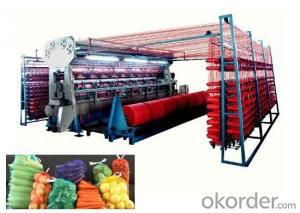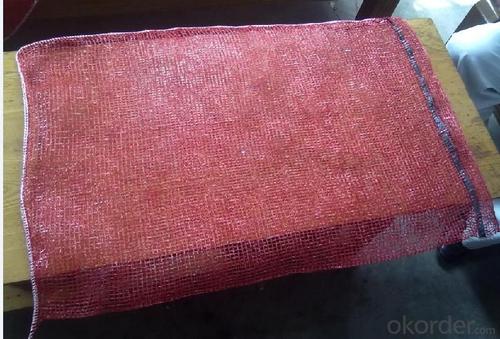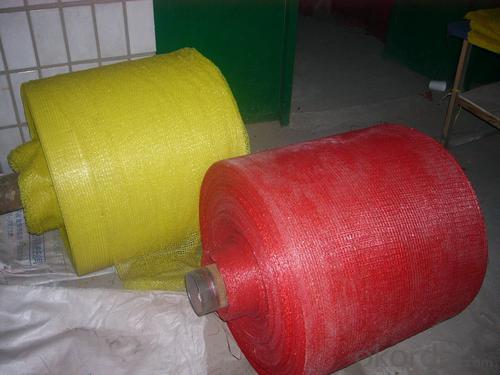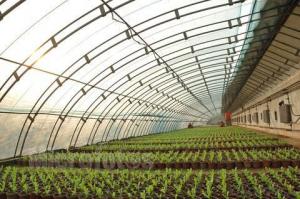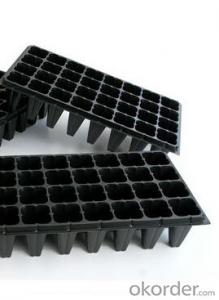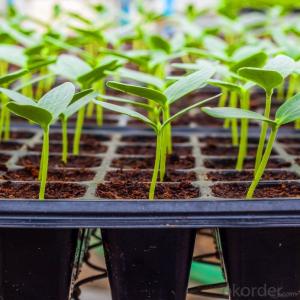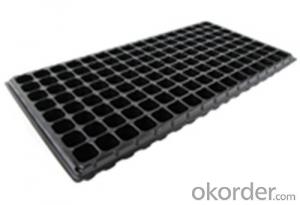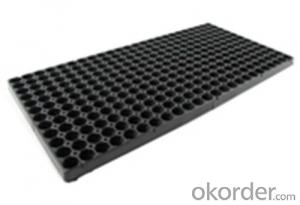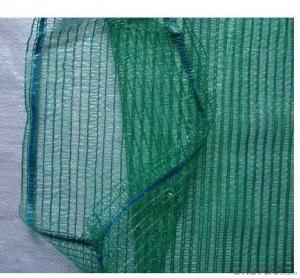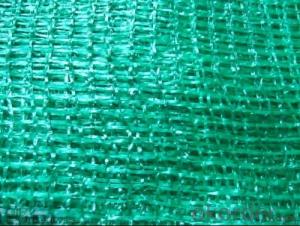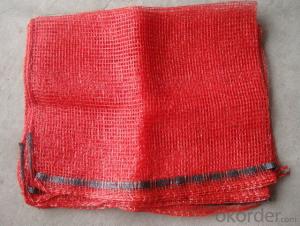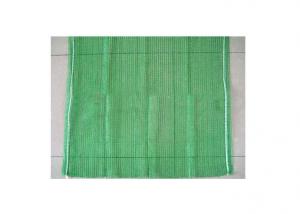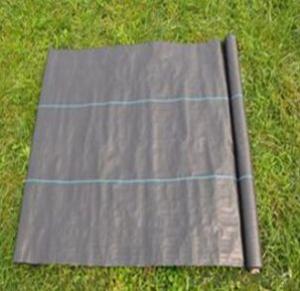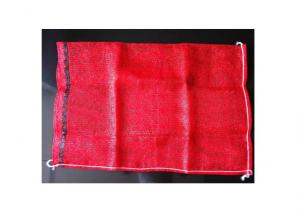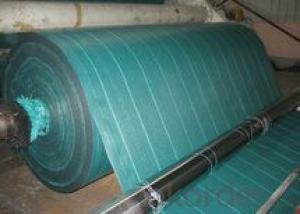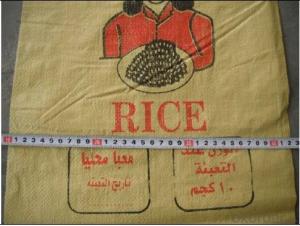Agricultural Onion Mesh Bag HDPE Material
- Loading Port:
- Shanghai
- Payment Terms:
- TT OR LC
- Min Order Qty:
- 50000 m²
- Supply Capability:
- 500000 m²/month
OKorder Service Pledge
OKorder Financial Service
You Might Also Like
Product Name of Agricultural Onion Mesh Bag HDPE Material:
PE Mesh Bag VIOLET
Loading Port: Shanghai port, China
Min.order quantity: 1*20GP
Supply Capability: 20*40HC per month
Payment Terms: TT or LC
Introduction of Agricultural Onion Mesh Bag HDPE Material:
This products is made by HDPE (High-Density Polyethylene) or PP (Polypropylene), it is used for packing olive, onions, potatoes, and so on.
Specification of Agricultural Onion Mesh Bag HDPE Material:
Material base fabric | Fabric Weight | Bag size |
HDPE (High-Density Polyethylene) or PP (Polypropylene) | 20g/m2—200g/m2 AS customer’s requirements. | 30x50cm, 40x60cm, 42x70cm, 50x80cm, 55x78cm, 55x85cm, 57x86cm, 60x90cm, etc. |
Width and length are as customers’ request.
Color: red, green, yellow, white, pink, orange, purple, as per your requirements
Top: Hemmed or locked, with drawstring or without, handle is available
Bottom: Single fold or double fold. Single stitch or double stitch
Printing: on one side or both sides, in one color or multi-colors
Application of Agricultural Onion Mesh Bag HDPE Material:
It can be used packing onions, potatoes, apples, orange and other vegetables or fruits. It can hold heavy enough produces
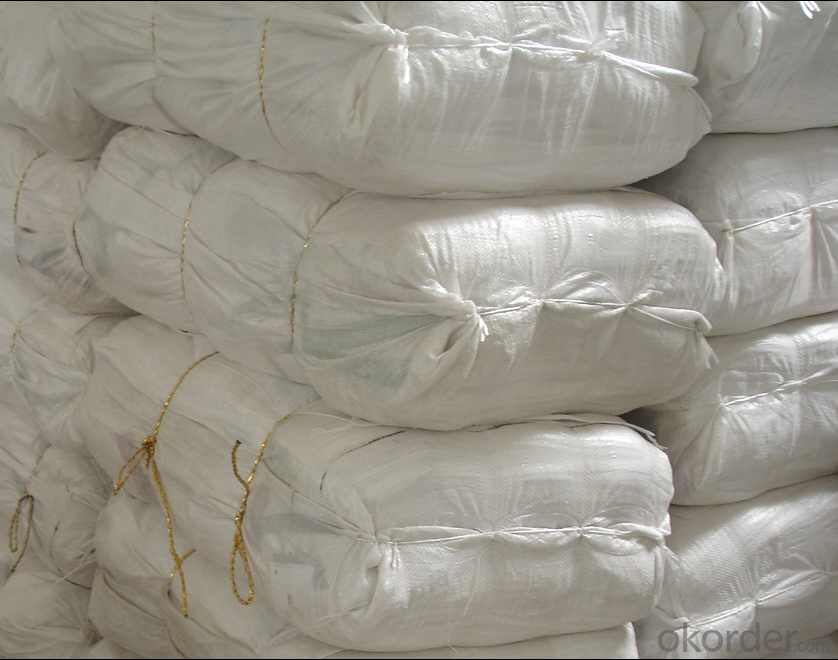
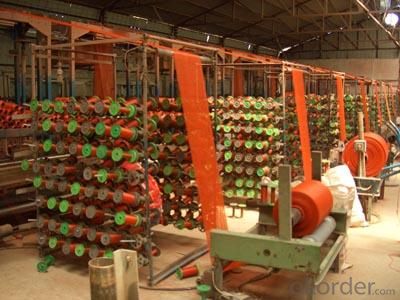
FAQ
Q: How to guarantee the quality of the products?
A:We have established the international advanced quality management system,every link from raw material to final product we have strict quality test;We resolutely put an end to unqualified products flowing into the market. At the same time, we will provide necessary follow-up service assurance.
Q: How long can we receive the product after purchase?
A:In the purchase of product within three working days, We will arrange the factory delivery as soon as possible. The pecific time of receiving is related to the state and position of customers.Commonly 30 to 35 working days can be served.
Q: HOW TO GET A SAMPLE?
A: FREE samples for Agricultural Onion Mesh Bag HDPE Material are available for your checking and testing. And to get free samples, you need to send us you detailed receiving address (including post code) and your DHL/FedEx/UPS account for collecting samples, courier cost will be paid in your side.
- Q: Can ground cover be used to create a fragrant walkway?
- Yes, ground cover can definitely be used to create a fragrant walkway. There are many types of fragrant ground covers available, such as creeping thyme, sweet woodruff, or creeping phlox, which release pleasant scents when stepped on or brushed against. By selecting the right fragrant ground cover plants and strategically planting them along a walkway, you can create an aromatic pathway that enhances the overall sensory experience.
- Q: Does anyone know how to melt hard plastic? Specificly the plastic that is normaly found on toys, flashlights, pens, etc.I've been trying to do this for a long time and still havent found out how, so ANY suggestions would be usefull.Thanks!
- How To Melt Hard Plastic
- Q: How do agricultural plastic products help in reducing labor costs?
- Agricultural plastic products help in reducing labor costs by automating certain tasks and improving efficiency in farming operations. For example, plastic mulch films can suppress weed growth, conserve soil moisture, and regulate soil temperature, reducing the need for manual weeding and irrigation. Plastic greenhouse covers provide better control over climate conditions, reducing the labor required for monitoring and adjusting environmental factors. Additionally, plastic containers or bags can simplify packaging and transportation processes, saving time and effort. Overall, these plastic products streamline various agricultural activities, minimizing the need for extensive manual labor and ultimately reducing labor costs.
- Q: Hi,just wanna ask why is plastic apparatus sterilized ? thanx
- The rising use of plastics in medical devices means that their sterilization capability becomes the key selection criteria for use in medical devices. The paper details the various sterilization methods for medical devices, and also lists the AAMI and ISO standards for sterilization. Importance of considering the possible sterilization methods at early stage of product design is highlighted, stating the fact that various plastics respond differently to particular sterilization methods. General sterilization performance of a range of plastics is listed in the form of a table.
- Q: This question asks for methods to decrease the waste produced by agricultural plastic products.
- <p>To reduce waste from agricultural plastic products, consider the following strategies: 1) Use biodegradable or compostable plastics that break down naturally in the environment. 2) Implement recycling programs to collect and repurpose used plastics. 3) Employ precision agriculture to minimize the use of plastic by optimizing the application of resources. 4) Encourage the use of alternative materials like natural fibers or starch-based plastics. 5) Promote the use of durable and reusable plastic products to extend their lifespan. 6) Advocate for policies that regulate the use of single-use plastics and encourage sustainable practices. 7) Educate farmers on the importance of reducing plastic waste and provide them with practical solutions.</p>
- Q: Do nursery trays come with drainage holes?
- Yes, nursery trays typically come with drainage holes to allow excess water to drain out and prevent waterlogging of the plants.
- Q: Can ground cover be used to create a low-maintenance alternative to hardscaping?
- Yes, ground cover can be an excellent low-maintenance alternative to hardscaping. Ground covers such as creeping thyme, moss, or clover can provide a lush and green landscape while reducing the need for regular maintenance tasks like mowing, weeding, or watering. These plants also help in preventing soil erosion and suppressing weed growth. Additionally, ground covers offer various benefits like improving soil health, reducing heat island effect, and providing a habitat for beneficial insects. However, it is essential to choose the right ground cover species for the specific climate, soil conditions, and intended purpose to ensure successful results.
- Q: I want to paint interior plastics all 20 plus pieces of a 99 f150 what kind of prep do i need like paint primer or plastic adhesives i appreciate it and how much paint i really want to do it on my own so that i can learn and so i can maybe do it multiple times
- Plastic adhesives and vinyl spray paint. Both available at auto parts stores. Also, check YouTube for guides to see a lot of different ways and choose what would be best for you
- Q: as long as the flame does not touch, and the plastic does not get hot and burn, why is it bad?
- Plastic releases chemicals even if it isn't burned. It is better to just use glass or something less toxic in general.
- Q: What are some ground cover plants that tolerate foot traffic?
- Some ground cover plants that tolerate foot traffic include creeping thyme, creeping juniper, moss phlox, and sedum.
Send your message to us
Agricultural Onion Mesh Bag HDPE Material
- Loading Port:
- Shanghai
- Payment Terms:
- TT OR LC
- Min Order Qty:
- 50000 m²
- Supply Capability:
- 500000 m²/month
OKorder Service Pledge
OKorder Financial Service
Similar products
Hot products
Hot Searches
Related keywords

